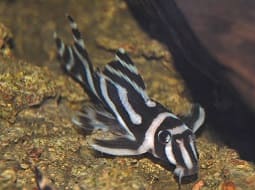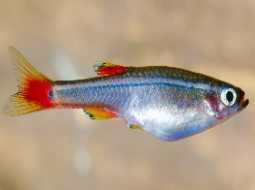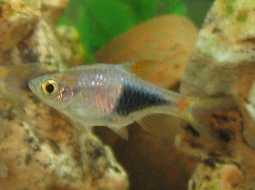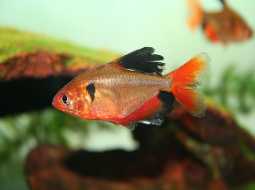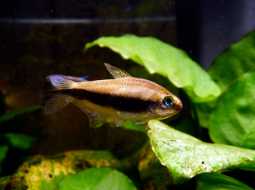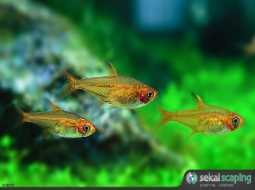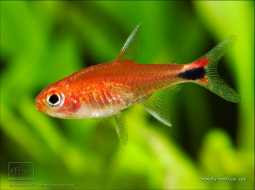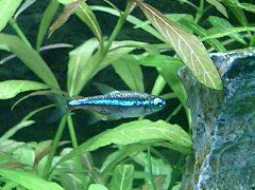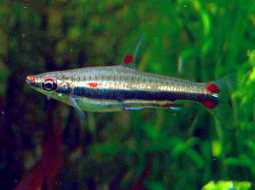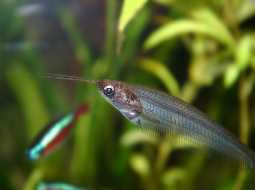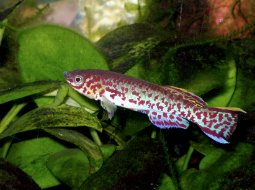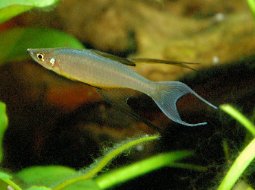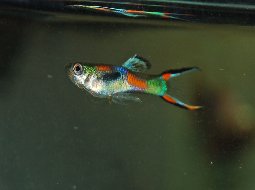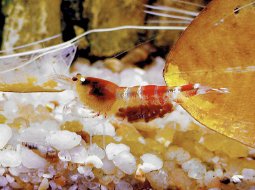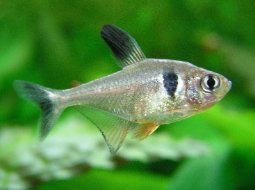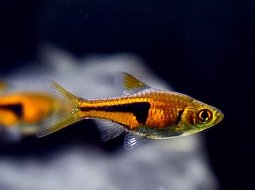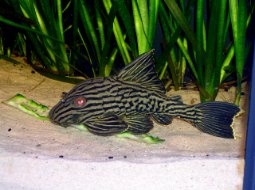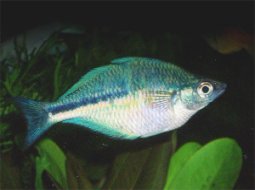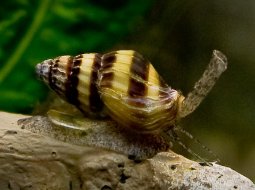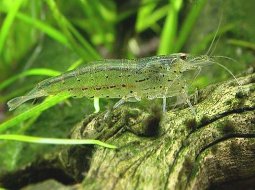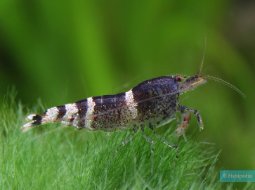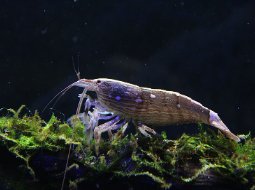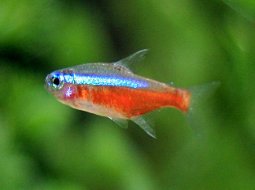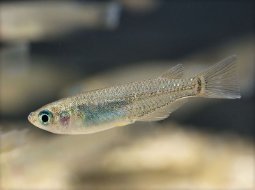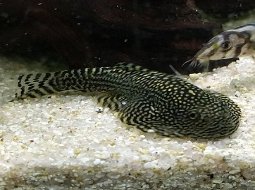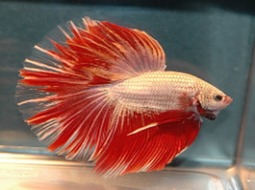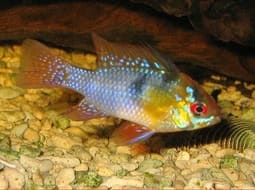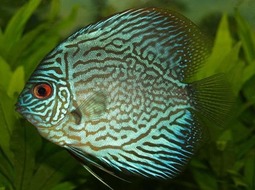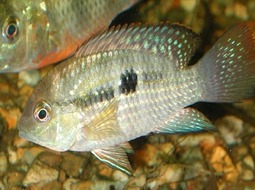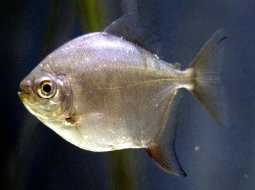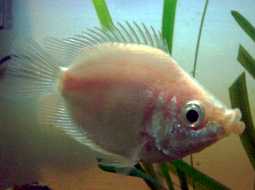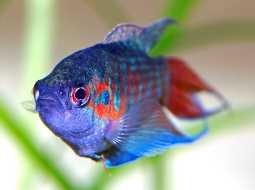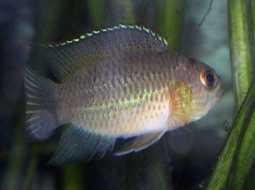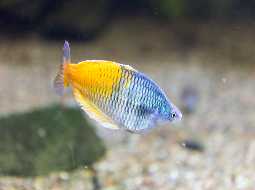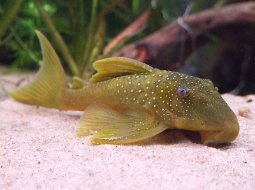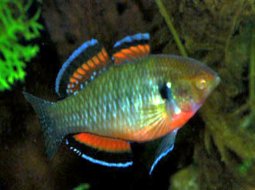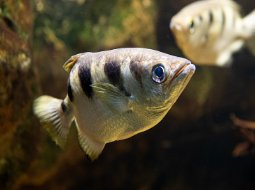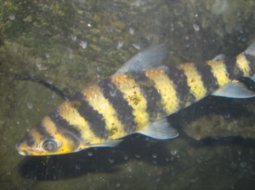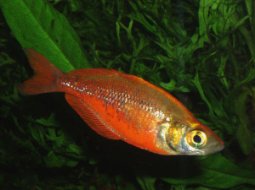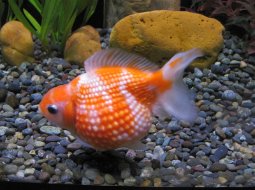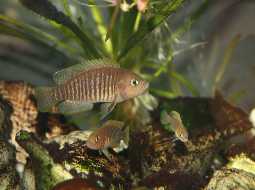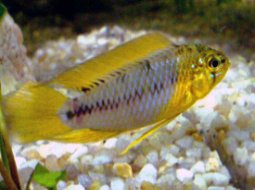
Loading Aqualapp ...
Care and Compatibility of Galaxy Rasbora - Danio margaritatus
Introduction
The Galaxy Rasbora, scientifically known as Danio margaritatus, is a small tropical fish native to Southeast Asia. It is known for its beautiful color pattern, which includes a silver body with blue spots and a bright red dot at the base of its tail. This fish is highly valued for its striking appearance and compact size, making it ideal for smaller aquariums. Due to its small size, it is recommended to provide them with a well-planted aquarium with plenty of hiding spots and open swimming areas.
Behavior
The Galaxy Rasbora is a peaceful and calm fish species that is highly popular in community aquariums. They are schooling fish and feel more secure and comfortable when kept in groups of at least 6 individuals. They are active swimmers and enjoy exploring the entire aquarium. The Galaxy Rasbora is compatible with a variety of peaceful fish species that are non-aggressive or predatory. They are very peaceful and do not cause any behavioral issues in the aquarium.
Sexual Dimorphism
Sexual dimorphism in Danio margaritatus is minimal and difficult to distinguish. Both males and females have a similar appearance. During breeding season, they may display more active courtship behavior.
Reproduction
Breeding Galaxy Rasboras can be challenging in an aquarium setting. They are egg scatterers and require proper conditions for successful breeding. It is recommended to provide them with a separate breeding tank with fine-leaved plants and abundant floating vegetation where they can deposit their eggs. Once the eggs are laid, the parents should be removed as they may eat the eggs. The eggs will hatch in approximately 24-48 hours, and the fry should be fed with small, high-quality foods.
Aquarium Conditions
Danio margaritatus, commonly known as celestial pearl danio, requires a well-planted aquarium with open swimming areas. It prefers neutral to slightly acidic water. Aquarium décor should include hardy plants and sheltered areas. Maintaining water quality is crucial and providing a varied diet.
Feeding
The Galaxy Rasbora is an omnivorous fish that feeds on a variety of foods. In the wild, they feed on small invertebrates, insect larvae, and algae. In the aquarium, they will accept commercial flake or pellet foods suitable for tropical fish. Live or frozen foods such as brine shrimp, daphnia, or mosquito larvae can also be offered to provide them with a varied and balanced diet. It is important not to overfeed them and to maintain good water quality.
Complexity
Caring for Danio margaritatus is relatively straightforward. They are peaceful and active fish that adapt well to a variety of water conditions. They are hardy and can live in a wide range of temperatures. They mainly feed on vegetable matter, but also accept live and frozen foods.
In case you need more help, or if you want to know into any topic related to the Danio margaritatus (Galaxy Rasbora) and even any other species you can use the forums to ask what you need.
To do an analysis more detailed about coexistence and behavior of Danio margaritatus (Galaxy Rasbora) use the Aquarium simulation tool, if you do this you can test different ways to combine the Galaxy Rasbora with other fishes giving the dimensions and space on you aquarium, on this way you can known the optimal configuration for keep the fishes that you want.
You can also find out the 103 species compatible with the Danio margaritatus (Galaxy Rasbora) can live together.
Note: The parameters of the water such as PH and temperature are also used to calculate the compatibility of the species.
Compatible species (103)
Compatible (74 Species)
Compatible without any restriction
With Reservation (4 Species)
Compatible in some cases, it depends on the nature and personality of the fish.
Considerable size difference (21 Species)
They can coexist while they are similar in size or the size difference is not very abysmal, since as the fish grows it increases the chances of eating its partner that did not grow much.
Compatible if space is enough (4 Species)
They can coexist together if the aquarium they share is large and spacious enough for both species to feel good, as some fish may attack others to feel that they have little space and try to eliminate the competition.
Galaxy Rasbora
Danio margaritatus
.jpg)
- Ph: 6 - 7.5
- Temperature (c°): 22 - 28
- Measures: 1 cm - 2cm
- Aquarium Capacity:
3 Liters - 1 Gallons - Alimentación: Carnivores, Omnivores
- Colores: Blue, Green, Orange
- Comportamiento: Active, Peaceful, Shoal
- Habitad: Asian
- Preferencias del Acuario: Natural plants, Rocks
- Tamaño: Very small
- Taxonomía: Fish
- Tipo de Agua: Sweet water
- Velocidad de nado o movimiento: Normal
- Zona de Nado: Swim in the middle of the aquarium


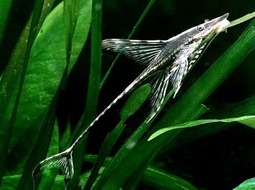

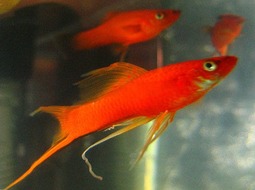
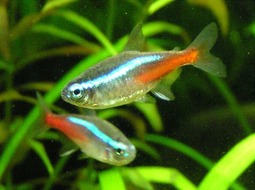
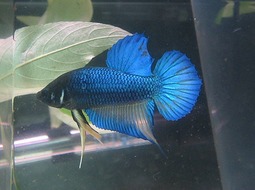

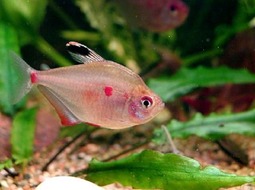



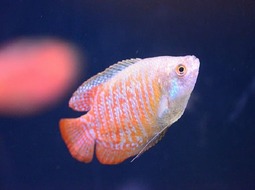

.jpg)


